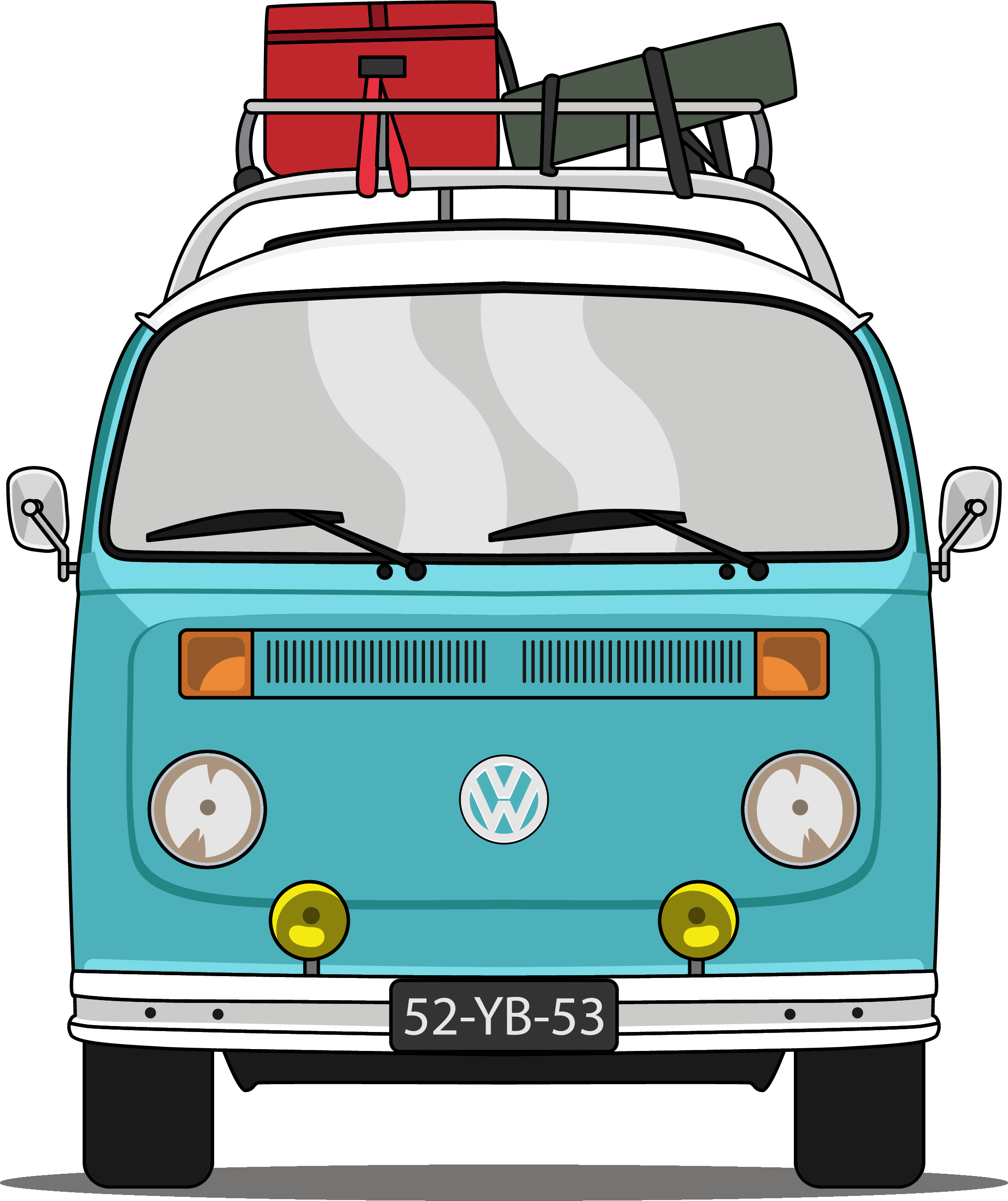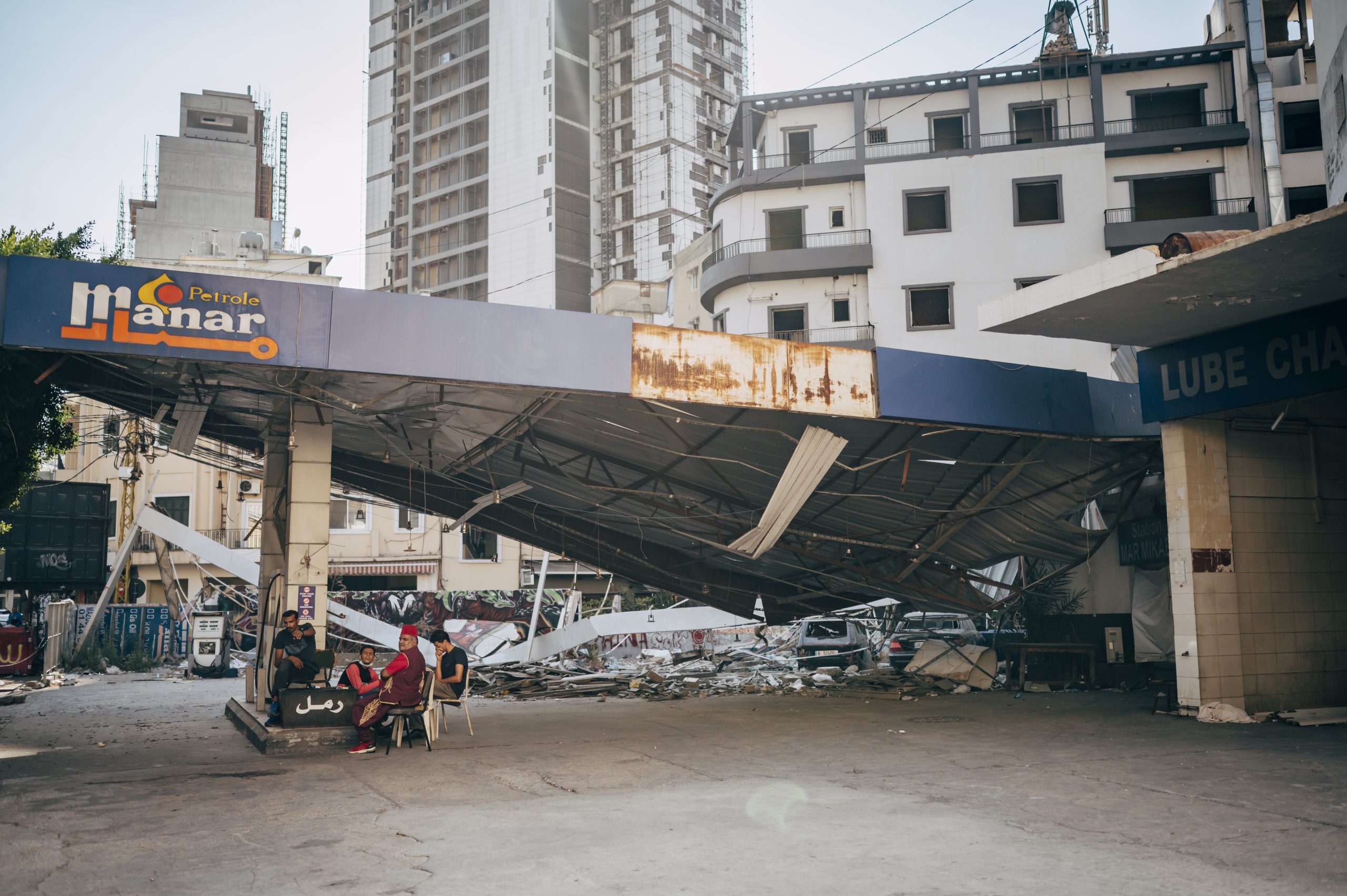Fun Facts of Lebanon
The greatest fragment of ancient Rome outside of Rome
It is quite the statement when you think of Pompeii, Leptis Magna in Libya, the amphitheatre at El Djem in Tunesia and the remains of Palmyra in Syria.
But, there is something special about Baalbek. Especially the colossal Temple of Bacchus is amazing.
The second century (AD) marvel which bears comparison with the Parthenon in Athens but is in better condition. It’s incredible!
1. Lebanon is the second smallest country in the Middle East
Or the third smallest if you include Palestine. Lebanon is bigger than Bahrain and smaller than any other country in the region. It would fit in Saudi Arabia 206 times!
2. It is home to amazing wine
The road to Baalbek is covered with Syrian refugee camps but also framed by vineyards. Wine has been produced here for some six millennia. The Romans were well aware that the Beak Valley was a perfect terrain for viticulture. The wine culture in Lebanon dates back over 5.000 years, possibly to 7.000 BC. In fact, the Phoenicians were among the first wine producers in the world. They traded here for three thousand years as the epicentre of ancient wine.
3. The Lebanese people like to smoke
Not really a ‘fun’ fact, but a fact nonetheless. Lebanon is ranked third in the world for the highest cigarette consumption per capita. On average a person consumes between eight and nine cigarettes per day. Around one-third of the country’s youth smoke today, with many starting at the tender age of 11 or 12, even though the minimum age of smoking and purchasing tobacco is 18. The use of tobacco products is an alarming issue in Lebanon.
4. They have a lot of holidays
Lebanon has one of the highest rates of public holidays in the world. There are 16 public holidays. Only India and Colombia take more with 18 each. Most of the public holidays are religious, but Lebanon has 18 official sects and a political system based on a sectarian division of power. So, religious sensitivities help explain why there are so many public holidays in Lebanon. For example, a country get one Easter holiday, but Lebanon gets two to honour both the Orthodox and Catholic Christians. The same goes for Eid al-Fitr.
5. It is home to the oldest city of the world
Byblos is said to be the oldest continuously inhabited city in the world. The name Byblos is actually Greek. Funny enough the word ‘papyrus’ got it’s greek name ‘Byblos’ when it was exported to the Aegean through Byblos. The English word ‘Bible’ is derived from ‘Byblos’ meaning: papyrus book. Anyway, excavations found that Byblos was occupied as early as the Neolithic period (from 8.000 to 4.000 BC). The worlds first alphabet was created here too; the Phoenician alphabet.
6. Lebanon is the most religiously diverse country of the Middle East
The Middle East is predominantly Muslim and Lebanon is too a Muslim-majority country. However, a significant part of the population are Christians , there are also Druze, Jews, Buddhist, Hindus and other religions communities residing in Lebanon.
This diversity you’ll find in the government as well. The Lebanese president is always a Maronite Christian, while it’s prime minister is always a Sunny Muslim. Lebanon has a unique power sharing arrangement thanks to an unwritten agreement called ‘the National Pact’.
7. It has one of the most important places of the Silk Road
As well as Baalbek and Byblos, Lebanon has Tyre (also known as Sour), which sits close to the Israeli border – a pretty port whose Roman hippodrome has been on the Unesco World Heritage list since 1979. Tyre was one of the main ports from where goods were shipped from East to Italy, therefore it was one of the most important places of the Silk Road.
MY posts
We did not know what to expect from Lebanon but it has blown us away. By it’s beauty, it’s tragedy, it’s kind people, delicious food, disturbing and confusing politics. Lebanon is all we wished for and even more.
A week in Lebanon
So much happened in one week that we don’t know what to write. A summery wouldn’t do this week justice but an in dept journal would stop you from reading. So, we’ll try to share our week with you as a combination of photos and text. Let’s start at the beginning, but...




